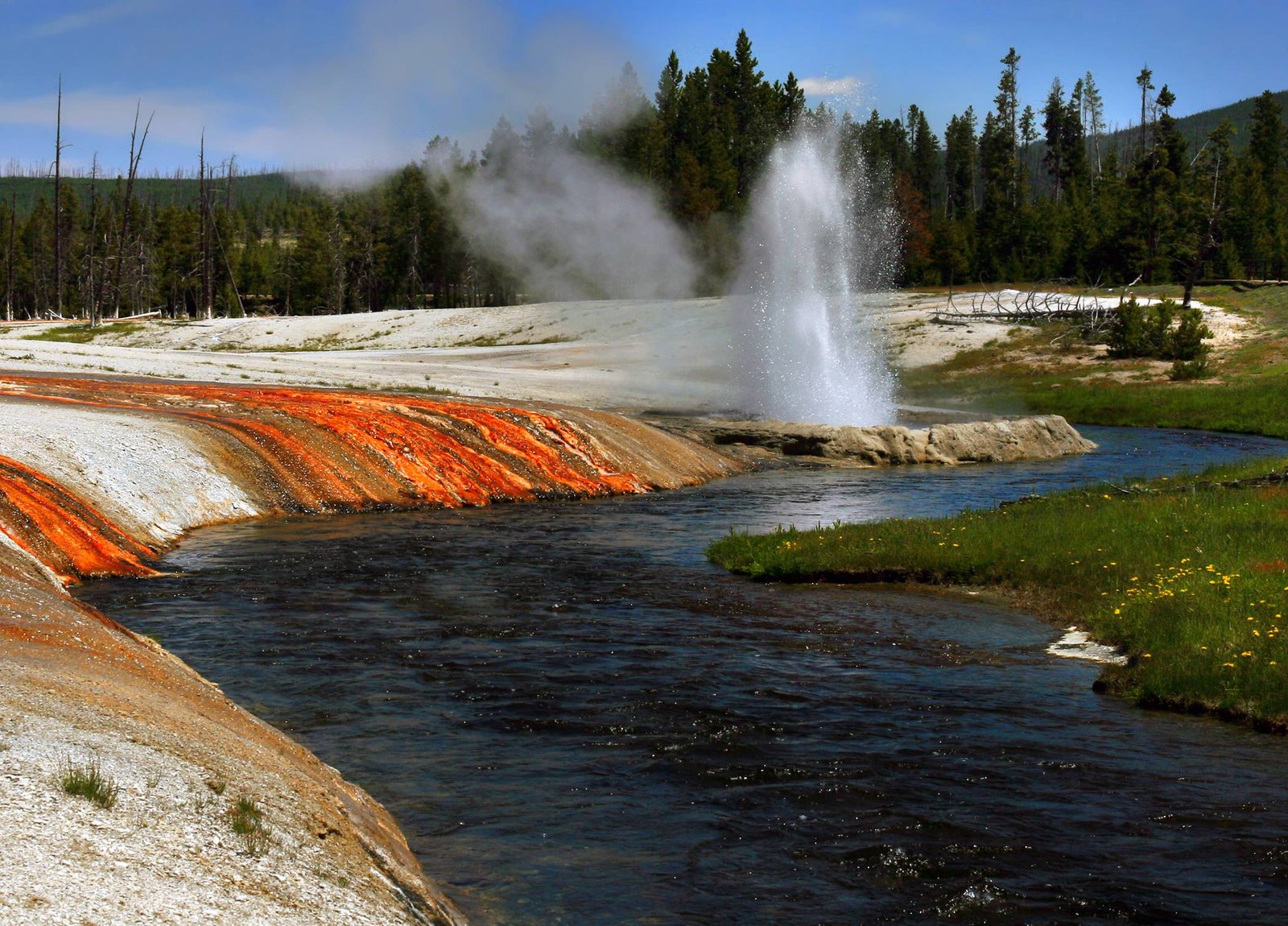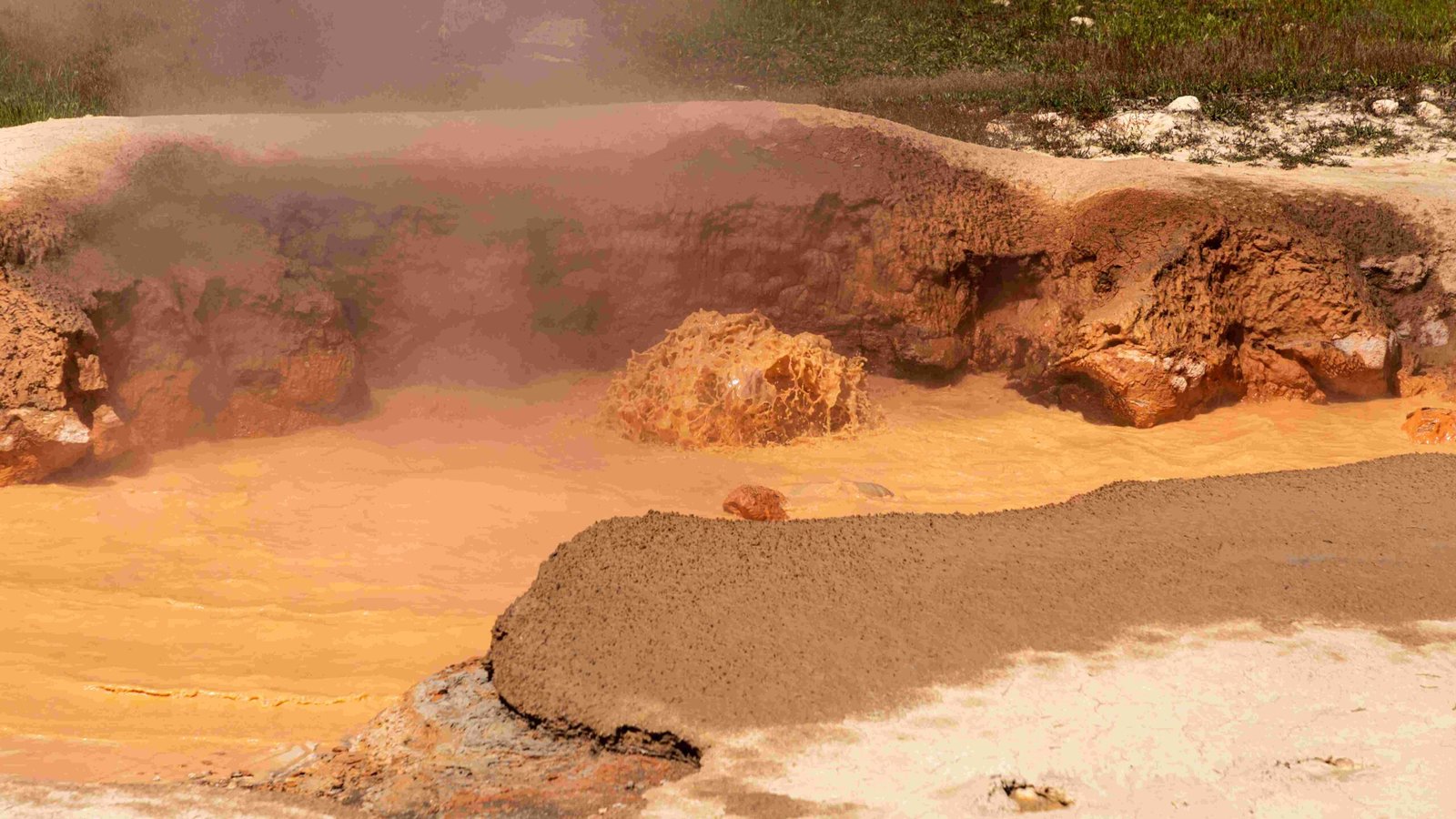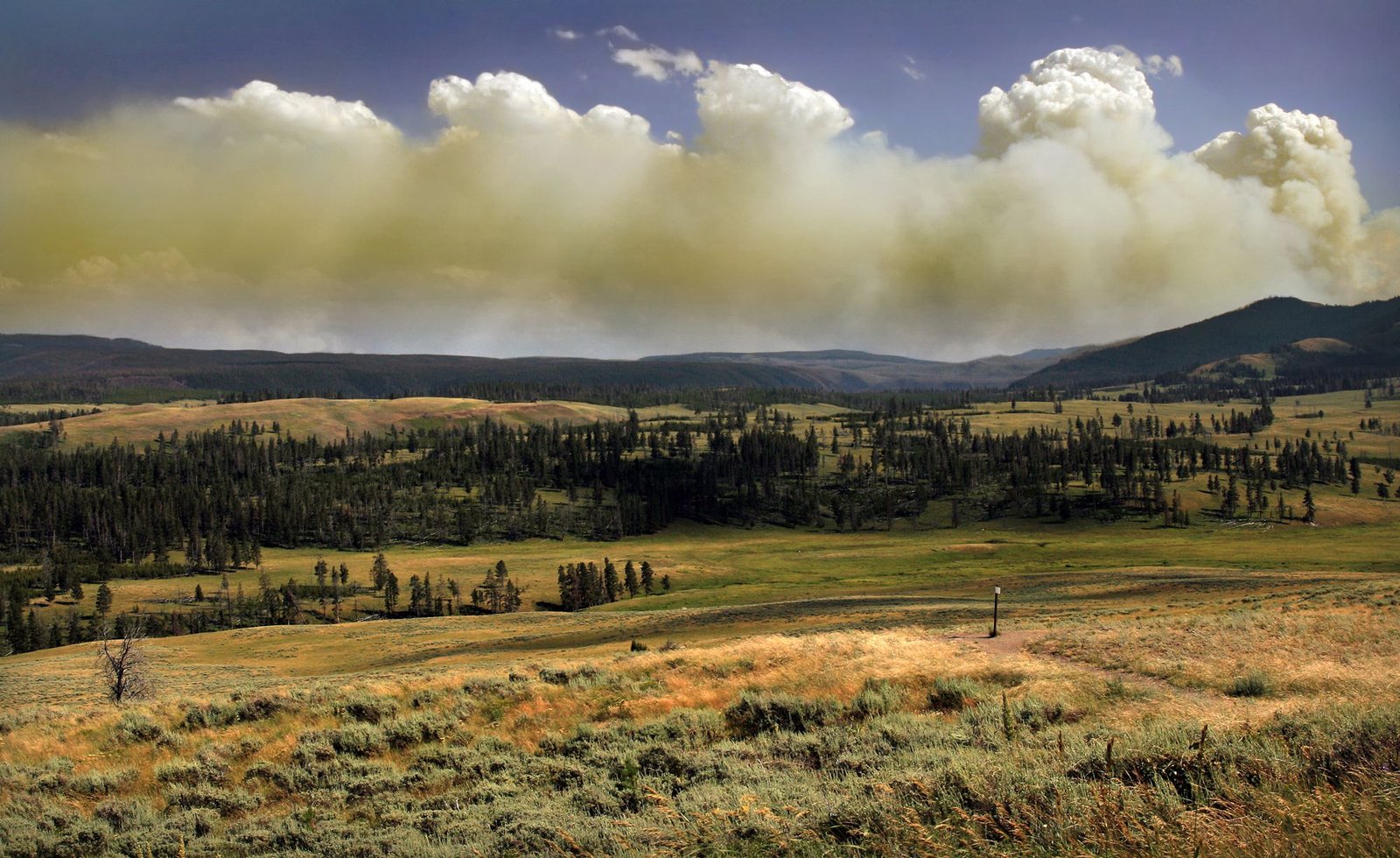The reintroduction of wolves to Yellowstone National Park involved a complex network of individuals, organizations, and government agencies. Key players included biologists, politicians, conservation groups, and federal agencies. The process spanned decades, from initial proposals in the 1970s to the actual reintroduction in 1995-1996, overcoming numerous challenges and controversies along the way.
Who Were the Key Individuals in Wolf Reintroduction?

Several individuals played crucial roles in the wolf reintroduction process:
- John Weaver: A National Park Service biologist who made the first official recommendation for wolf reintroduction in 1978.
- Jim McClure: A Republican politician who supported wolf reintroduction, balancing conservation with rancher interests.
- Bruce Babbitt: Secretary of the Interior during the Clinton administration, who oversaw the final stages of the reintroduction process.
- Mollie Beattie: Director of the U.S. Fish and Wildlife Service, who played a key role in implementing the reintroduction plan.
These individuals contributed their expertise, political influence, and leadership to make the wolf reintroduction a reality.
Which Organizations Were Involved in the Reintroduction Effort?

Several organizations played vital roles in the wolf reintroduction process:
- Defenders of Wildlife: This conservation group was at the forefront of advocacy for wolf reintroduction. They:
- Established a $100,000 compensation fund for ranchers who lost livestock to wolves
- Offered a $5,000 incentive for allowing wolves to breed on private property
-
Filed a lawsuit in 1991 to push forward the reintroduction process
-
National Park Service (NPS): The NPS was involved from the early stages, with their biologists making initial recommendations and participating in the planning process.
-
U.S. Fish and Wildlife Service (USFWS): This federal agency:
- Listed the gray wolf as endangered in 1978
- Developed recovery plans for the species
-
Prepared the Environmental Impact Statement (EIS) for wolf reintroduction
-
National Wildlife Federation and Yellowstone Association: These groups provided financial support and advocacy for the reintroduction efforts.
What Government Agencies Were Involved in the Process?
Several government agencies played crucial roles in the wolf reintroduction process:
- U.S. Fish and Wildlife Service (USFWS):
- Primary federal agency responsible for endangered species management
- Developed and implemented the wolf recovery plan
-
Conducted the Environmental Impact Statement
-
National Park Service (NPS):
- Managed Yellowstone National Park
- Provided expertise on park ecology and management
-
Assisted in the planning and implementation of the reintroduction
-
U.S. Forest Service:
- Managed surrounding national forests
-
Collaborated on habitat management and monitoring
-
State wildlife agencies of Wyoming, Montana, and Idaho:
- Participated in planning and implementation
- Involved in ongoing wolf management after reintroduction
How Did Research and Conservation Efforts Contribute to the Reintroduction?
Research and conservation efforts were crucial to the success of the wolf reintroduction:
- Environmental Impact Statement (EIS):
- Completed in 1994
- Outlined the potential impacts of wolf reintroduction
-
Involved extensive public comment, with over 160,000 responses received
-
Acclimation and Monitoring:
- Wolves were initially placed in acclimation pens near specific creeks in Yellowstone
-
Researchers used radio collars to track wolf movements and interactions
-
Ongoing Studies:
- Continuous monitoring of wolf populations, behavior, and ecological impacts
- Research on predator-prey relationships and ecosystem changes
What Legislative Actions Supported Wolf Reintroduction?
Several key legislative actions paved the way for wolf reintroduction:
- Endangered Species Act (ESA) of 1973:
- Listed the Rocky Mountain Grey wolf as endangered
-
Provided legal framework for recovery efforts
-
Congressional Directive (1991):
-
Instructed the USFWS to prepare a draft EIS on wolf recovery in Yellowstone and central Idaho
-
Court Rulings:
- U.S. District Judge William Downes denied a lawsuit by the Wyoming Farm Bureau in January 1995
- An appellate court briefly stayed the reintroduction but was quickly overturned
What Were the Statistics of the Initial Wolf Reintroduction?
The wolf reintroduction occurred in two phases:
| Date | Number of Wolves | Origin |
|---|---|---|
| January 1995 | 14 | Alberta, Canada |
| January 1996 | 17 | Canada |
These initial wolves formed the foundation for the current Yellowstone wolf population.
What Challenges and Controversies Surrounded the Reintroduction?
The wolf reintroduction faced several challenges and controversies:
- Rancher Opposition:
- Concerns about livestock safety
-
Legal challenges filed by ranching organizations
-
Environmental Group Concerns:
-
Some groups opposed the reintroduction due to limited ESA protections
-
Public Opinion:
- Divided views on the benefits and risks of wolf reintroduction
-
Extensive public hearings and comment periods
-
Ecological Uncertainties:
- Questions about the impact on prey species and overall ecosystem balance
Despite these challenges, the reintroduction proceeded, leading to significant ecological changes and ongoing research in Yellowstone National Park.

